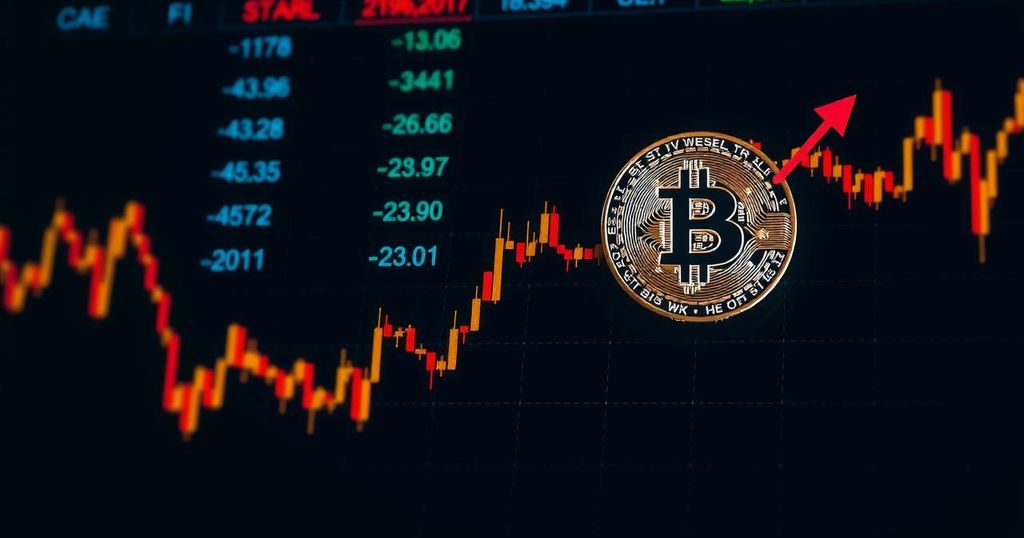Bitcoin Reaches Lowest Value Since August Amid U.S. Stock Market Declines
On September 4, 2024, Bitcoin experienced a significant decline, falling below $56,000 for the first time since August 8. This decrease resulted in a reversal of nearly all of its gains from the previous month, although it later recovered slightly, trading above $56,500. Within a 24-hour period, Bitcoin noted a decline of over 4%, alongside the CoinDesk 20 Index, which reported an approximate 3.5% drop.
The downturn in the cryptocurrency markets is mirrored by substantial losses in U.S. stock indices. The S&P 500 and Nasdaq 100 witnessed declines of as much as 3.5%, attributed to disappointing U.S. manufacturing data that has sparked renewed fears of an economic slowdown as historically bearish behavior characterizes September markets. The negative sentiment further extended to Asian markets, particularly affecting Japan’s Nikkei 225 with a decline exceeding 4%.
Further compounding challenges for Bitcoin, recent research from JPMorgan indicated that Bitcoin mining profitability has reached unprecedented lows, with miners earning an average of $43,600 per EH/s in daily block rewards during August, the lowest recorded figure. This contrasts sharply with previous peaks, such as $342,000 in November 2021, when Bitcoin traded at $60,000 and the network’s hashrate was at 161 EH/s. Notably, the network’s hashrate experienced a slight increase in August, reaching an average of 631 EH/s, marking a rise of 16 EH/s from July yet remaining significantly below pre-halving levels.
In other developments, Volmex Finance has launched an implied volatility index for Solana’s SOL token, designed to measure anticipated price fluctuations. The SVIV index, tracking forward-looking 14-day expected volatility for SOL, equips traders with insights into potential price movements, with plans for additional volatility indices and derivatives in the pipeline.
As the market reacts to evolving economic conditions, Bitcoin’s seven-day options skew has declined to three-week lows, indicating increased demand for put options, which serve as a hedge against prospective downward price shifts. This trend illustrates traders’ preparations for potential price drops amidst mounting concerns related to U.S. economic growth and significant sell-offs in the technology sector, particularly Nvidia.
In conclusion, the current state of the cryptocurrency market reflects a confluence of factors, including adverse economic reports and mining profitability challenges, impacting investor sentiment and market dynamics. Stakeholders are advised to approach forthcoming market activities with caution, closely monitoring economic indicators and volatility in asset movements.








Post Comment